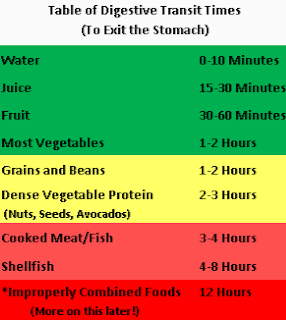THE SINGING BREATH(PART 1)
BREATHING
When you breathe normally everything is done automatically, the inhalations and the exhalation are performed without thought. On the other hand when you sing you not only need to breathe quickly but you have to exhale slowly as you sing phrases of a song, but you also need to maintain a steady sustenance.
Inhalation, in singing is simply taking in air purposefully into the lower regions of the lungs .Here some fun ways of feeling and eventually learning the proper way of breathing;
For deep breathing;
i) Stand up and slump over.
ii) As you are slumped over feel the movement in your body as you breathe.
iii) Release your neck so that your back can stay pliable for breathing.
vi) Notice that when you take in air, you can feel the lower abs moving out, because they’re all flabby from being slumped over. Those of you who are really thin, you may not feel your abs move much in the beginning. That’s okay. You can still acquire great breathing habits for singing.
v) Notice also that your lower back opens as you inhale. Try to let your ribs close slowly as you exhale instead of collapsing right away.
This process will also aid your deep breathing (the long breathe you take
before singing, also known as the preparatory breathe).
The exercise that follows allows you the opportunity to let breathe fall into
your body, helping you to develop a deep inhalation that’s not forced.
Exhale.
Hold your nose and silently count to ten while holding your breath. Do not inhale while counting to ten.
After counting to ten, release your nose and inhale. Most likely, you need the breath so badly that it just falls right into your body.
Notice the movement of your body as the air comes rushing in. Your throat opened to allow the air to rush in, and your lower body released, so far the air could drop in.
For snatch breathe (breathing in between phrases) and proper breathe
placement /impulse;
Light a candle and place it afar off (but not too far!)
Take a deep breath, keeping your shoulders and chest nice and steady.
As you exhale, blow gently on the flame to make it bend, but not flicker around wildly.
The following can also be used as an exercise for controlled exhalation and sustenance;
Continue the steady stream of air to keep the flame bent, counting silently to see how long you can bend the flame.
Exhalation can be well understood when simply called controlled breathing. It is taming the diaphragm to maintain a slow and steady motion while it is going back to its normal position, which is in a semi-circle form right under the lungs. The process of feeling the control you have to gain over the diaphragm is better related in a vocal session.
When you breathe normally everything is done automatically, the inhalations and the exhalation are performed without thought. On the other hand when you sing you not only need to breathe quickly but you have to exhale slowly as you sing phrases of a song, but you also need to maintain a steady sustenance.
Inhalation, in singing is simply taking in air purposefully into the lower regions of the lungs .Here some fun ways of feeling and eventually learning the proper way of breathing;
For deep breathing;
i) Stand up and slump over.
ii) As you are slumped over feel the movement in your body as you breathe.
iii) Release your neck so that your back can stay pliable for breathing.
vi) Notice that when you take in air, you can feel the lower abs moving out, because they’re all flabby from being slumped over. Those of you who are really thin, you may not feel your abs move much in the beginning. That’s okay. You can still acquire great breathing habits for singing.
v) Notice also that your lower back opens as you inhale. Try to let your ribs close slowly as you exhale instead of collapsing right away.
This process will also aid your deep breathing (the long breathe you take
before singing, also known as the preparatory breathe).
The exercise that follows allows you the opportunity to let breathe fall into
your body, helping you to develop a deep inhalation that’s not forced.
Exhale.
Hold your nose and silently count to ten while holding your breath. Do not inhale while counting to ten.
After counting to ten, release your nose and inhale. Most likely, you need the breath so badly that it just falls right into your body.
Notice the movement of your body as the air comes rushing in. Your throat opened to allow the air to rush in, and your lower body released, so far the air could drop in.
For snatch breathe (breathing in between phrases) and proper breathe
placement /impulse;
Light a candle and place it afar off (but not too far!)
Take a deep breath, keeping your shoulders and chest nice and steady.
As you exhale, blow gently on the flame to make it bend, but not flicker around wildly.
The following can also be used as an exercise for controlled exhalation and sustenance;
Continue the steady stream of air to keep the flame bent, counting silently to see how long you can bend the flame.
Exhalation can be well understood when simply called controlled breathing. It is taming the diaphragm to maintain a slow and steady motion while it is going back to its normal position, which is in a semi-circle form right under the lungs. The process of feeling the control you have to gain over the diaphragm is better related in a vocal session.



Comments
Post a Comment